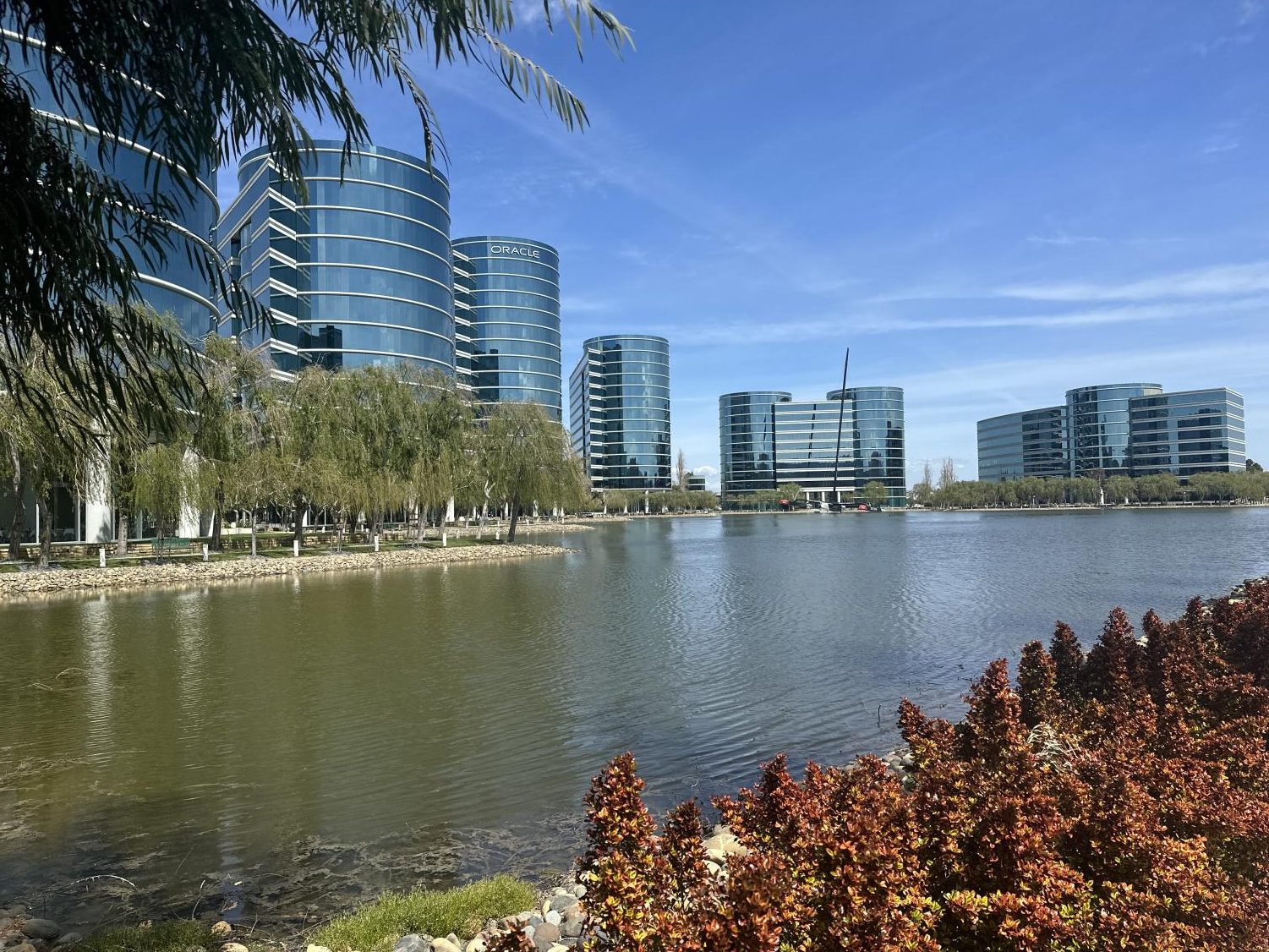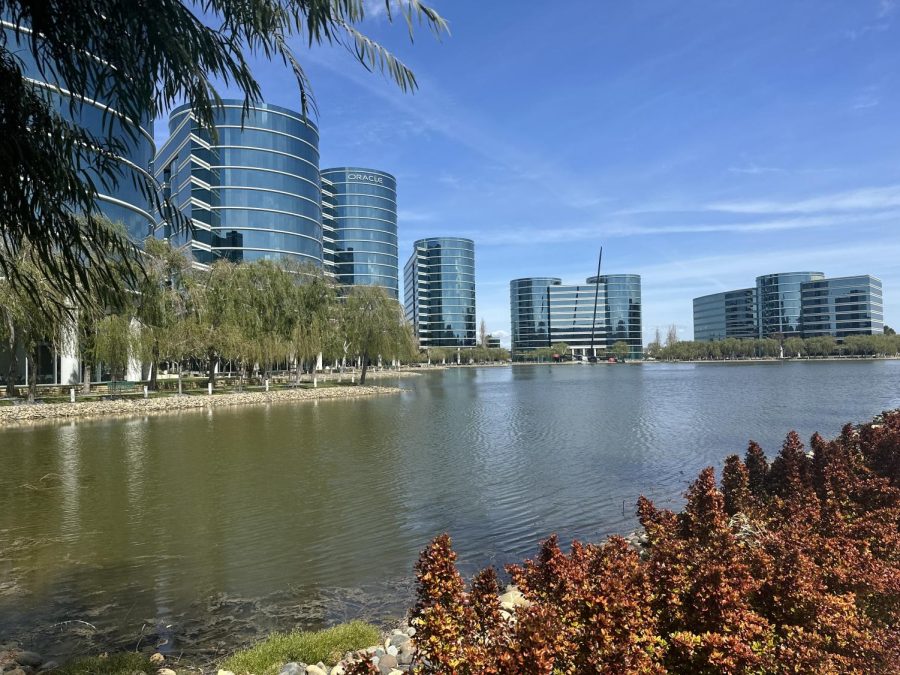Tensions in the Bay Area rise as companies move forward with mass layoffs, prompting growth in unemployment rates.
Following the outbreak of COVID-19, a variety of macroeconomic factors including high inflation, high-interest rates, and risks of a recession all contributed to the increase of layoffs within companies around the bay. Businesses also began overhiring as a result of a surge in technology spending by many customers during the pandemic, leading to an increase in inflation. This caused interest rates to rise, and in turn, made it difficult to borrow funds to fuel tech growth.
“Both large and small companies are now forced to balance growth and profitability. The new emphasis on profitability is forcing companies to reduce their costs. For tech companies, the largest cost is employees,” said Vishal Save, the chief financial officer of Duetto.
“They may provide an opportunity for companies to look at their operations, processes, systems, organization, and people to make the company more efficient and profitable,” Save said.
However, the reputations of companies go down in the process as people avoid joining businesses involved in frequent layoffs. In addition, costs in hiring are also impacted by layoffs.
“They benefit short-term due to the reduction in SG&A pressure but they lose long-term because there is a huge cost in hiring talent and a huge sunk cost when the right resource is not hired in time.
When choosing whom to lay off, companies tend to focus on which products or projects the department is not generating enough revenue from.
“Layoffs won’t happen based on performance so cost-cutting is done without looking into individuals,” said Rajesh Aradhye, senior manager of tech services at Profit Velocity Solutions LLC.
The strategic importance of a function or a team is also taken into consideration when laying off an individual.
“It is important for the decision-makers to not be biased or discriminatory in any way while picking the list,” Save said.
Around the Bay Area, layoffs have severely impacted the community.
“It’s very disheartening to read about multiple rounds of layoffs, especially as someone who is on a work visa and dependent on staying employed to continue living in the country. With so many talented people in the job market and a slowdown in hiring overall it’s increasingly difficult to find a new job which makes the whole situation very stressful,” said Zehra Ladiwala, a partner onboarding manager at Google.
According to Layoffs.FY, over 220,000 people have been laid off since October. Furthermore, 100,000 people in the Bay Area have been let go of, most notably from companies such as Meta, Google, and Twitter. On Jan. 20, Google announced 12,00o employees would be cut globally, including 1,608 people from the Bay Area. These layoffs most notably impacted Mountain View, with 1,436 employees affected.
“Everyone should know that nobody is immune to macroeconomic factors. We need to keep our skills updated and ourselves adaptable so we can handle such situations better. We also need to do our best to manage our finances while we have jobs to prepare for a rainy day,” Save said.
For Aradhye, an initial team of 150 employees was reduced to that of just 25 people.
“It’s important to always be prepared and face the situation anytime it arises,” Aradhye said.
Ashish Sharma, a digital transformation leader at Amazon Web Services, hopes that the layoffs will soon draw to a close with innovative ideas.
“To induce change, it’s important people devise novel ways to implement ideas that utilize tech talent in order to bring meaningful value back to the sector and increase top line for the companies,” Sharma said.




